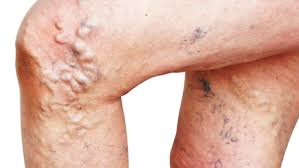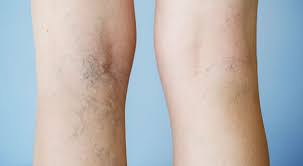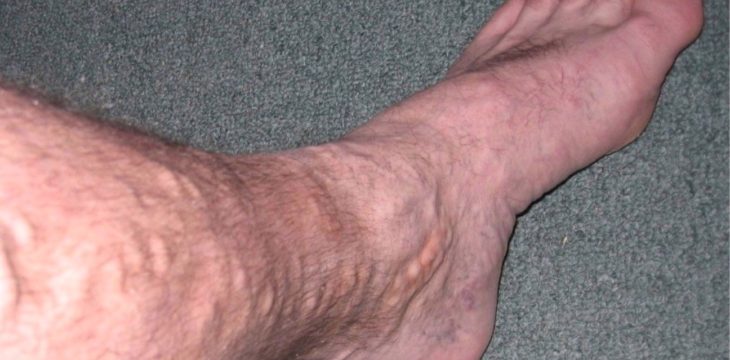Medical techniques involve painful procedures that may not eliminate the problem. Fortunately, there are new technologies that provide better results for this painful problem.
New methods to diagnose
Nowadays, diagnosti c methods have changed thanks to the modern medical advancements considerably. Instead of using a doppler device, which pressed firmly against your leg to detect areas where vascular flow has diminished. In this modern era, special ultrasound tools are used to provide great results. These machines enable specialists to examine your leg and detect intracacies of your circulatory system. The image produced is both two-dimensional and sharp. This image is very useful for physicians as it helps to determine exact vein, which is causing problems.
c methods have changed thanks to the modern medical advancements considerably. Instead of using a doppler device, which pressed firmly against your leg to detect areas where vascular flow has diminished. In this modern era, special ultrasound tools are used to provide great results. These machines enable specialists to examine your leg and detect intracacies of your circulatory system. The image produced is both two-dimensional and sharp. This image is very useful for physicians as it helps to determine exact vein, which is causing problems.
Traditional treatments
Some years back, patients were required to undertake uncomfortable procedures to treat varicose veins problems. For instance, a physician will insert flexible rod under your skin close to the groin and then pass it through the whole vein. A physician would attach metal cap at the end of the rod. The last step is to pull it back through the vein using a procedure known as groin incision. The would strip vessel to eliminate it from vascular system. In the absence, other veins will start transporting blood.
The other example of old treatment techniques is ambulatory phlebectomy. Still some patients prefer to use the method. After removing it, the other vessels will take over instantly. The good thing about this method is that it delivers instant results without reabsorbition.
New options
Nowadays, doctors are utilizing advanced techniques to restore your vascular health. One of the procedures involves insertion of thin catheter to a faulty vein. When you apply radio waves, vessels wall will collapse and shrink. Patients will not scarr after this particular procedure. Final reabsorption takes about three months to complete.
The other metho d that is becoming popular because it is invasive is laser therapy. In this case, a doctor directs laser to force blood vessels to collapse. You are likely to experience some discomfort as the laser beam hits your skin. The discomfort is reduced by cooling your skin.
d that is becoming popular because it is invasive is laser therapy. In this case, a doctor directs laser to force blood vessels to collapse. You are likely to experience some discomfort as the laser beam hits your skin. The discomfort is reduced by cooling your skin.
Foam sclerotherapy is another method, which involves mixing special detergents to create medicine, which resembles shaving cream. Your doctor will inject it, causing blockage and swelling. When this occurs, venous systems will start to handle blood flow.

